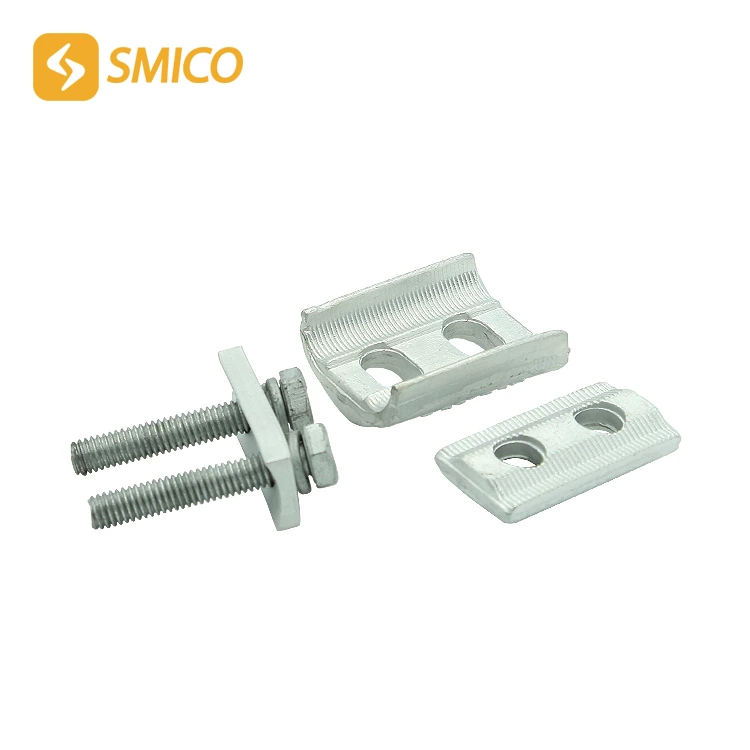Electromechanical Characteristics Of Parallel Groove Clamp
According to the national standard GB2314 "General Technical Conditions for Power Fittings" and the power industry standard DL/T 765.1 "Technical Conditions for Overhead Distribution Line Fittings", the gripping force of the non-load-bearing parallel groove clamp on the conductor shall not be less than 10% of the calculated breaking force of the conductor, and the conductivity shall not be lower than the resistance of the contacted conductor. At the same time, in order to ensure stability and reliability, clear requirements are made for the resistance change index after the current is passed. Meeting these requirements can ensure that the line will not fail before the conductor when it is in normal operation or overload or even short circuit, ensuring the safety and reliability of the line.
The current conduction between conductors can be analyzed from two aspects: the mechanical contact area of the conductor and the current conduction path. Mechanical contact area of conductor: From a microscopic point of view, the surface of the conductor is composed of countless uneven peaks and valleys. The smoother the surface of the conductor, the smaller the height difference between the peaks and valleys. When two conductors are brought into contact by external force, their contact mainly exists in the form of peak-to-peak contact. Therefore, the actual mechanical contact area is much smaller than the nominal contact area designed for the wire clamp, and the real mechanical contact area is about 7% of the nominal contact surface.
Current conduction path between conductors: First, under the action of external pressure, the active aluminum oxide (Al2O3) layer on the aluminum-aluminum interface of the two conductors is squeezed or rubbed to cause it to partially rupture, allowing aluminum electrons to flow freely between peaks on the surface, forming a certain conductivity. The greater the pressure, the more peak-to-peak points of contact, and the smaller the contact resistance. In the installation and construction process of the wire clamp, it is required to apply conductive grease containing copper and silver ions on the surface of the conductor to prevent re-oxidation of the rupture points of the oxide layer. Second, the conductivity of the active Al2O3 itself makes the undamaged area also have a certain conductivity. At the same time, under the action of the external power supply, the copper and silver ions in the conductive grease further penetrate into the active Al2O3 layer, so that the conductivity of the conductive interface after energized operation is slightly increased compared with the initial value, and the increase is generally 0.5%-9%. Third, due to the good plasticity of aluminum, when the two interfaces are under pressure, part of the aluminum in the inner wall of the wire clamp will undergo plastic deformation and enter the twisted gaps in the outer layer of the conductor, increasing the effective contact area and making the mutual penetration between molecules more active. As the number of aluminum atoms in the oxide layer further increases, the conductivity at the electrical interface is improved.

